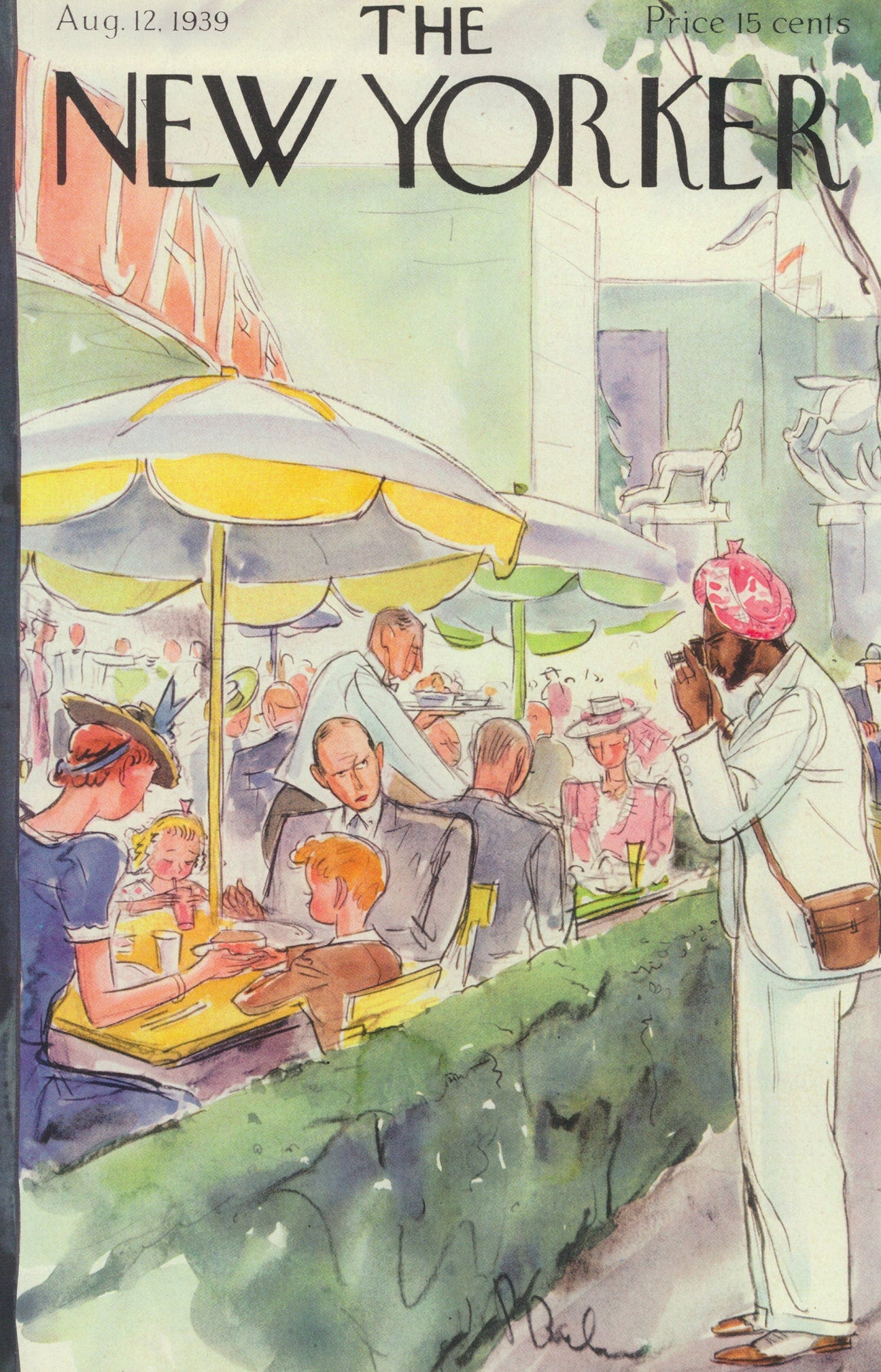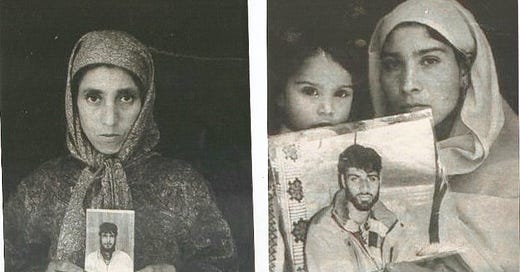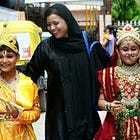Welcome to the Brown History Newsletter. If you’re enjoying this labor of love, please do consider becoming a paid subscriber. Your contribution would help pay the writers and illustrators and support this weekly publication. If you like to submit a writing piece, please send me a pitch by email at brownhistory1947@gmail.com.
Don’t forget to check out our SHOP and our Podcast.

Half-Widows in Kashmir
Spatial memory and the disappeared in Jammu and Kashmir.
In the valley of Kashmir lie the nameless graves of close to 8,000-10,000 men and young boys. The Indian Army has been accused of dragging them out of their homes only for them never to be seen again. Their wives are called ‘Half-Widows’ after a local Islamic law that prohibits their remarriage till at least 4 years after they fail to return. The halfness endows a family member, particularly a female family member, with the invisibilization of a loved one. The Indian Army’s denial to acknowledge their role in enforced disappearances, and their insecure crackdown on resistance for the same has sustained an uncomfortable struggle around the ‘disappeared’, despite mass graves with unnamed bodies of men being discovered throughout the state. While a military apparatus does not claim to have taken the lives of these men, the absence of admittal in the face of nameless bodies, vacant livelihoods, and disrupted memories of family members - we mustn’t forget that even silence occupies a vast space. And so I find it imperative to examine the creation of ghosts through enforced disappearances in Kashmir during the 1980s-90s, the materialization of resistance to the same, the Indian Army’s occupation of Kashmir, and the construction of a narrative led by victims’ families. Families have come together through the Association of Parents of Disappeared Persons (APDP) to break the silence at the behest of missing people. Collectivizing as a question mark to an authority that confesses its role in the disappearances with its sheer intolerance for the group. Notably, the APDP has been stopped from its public demonstrations since 2019, when Kashmir’s autonomous status as a state was revoked by the Indian government.







